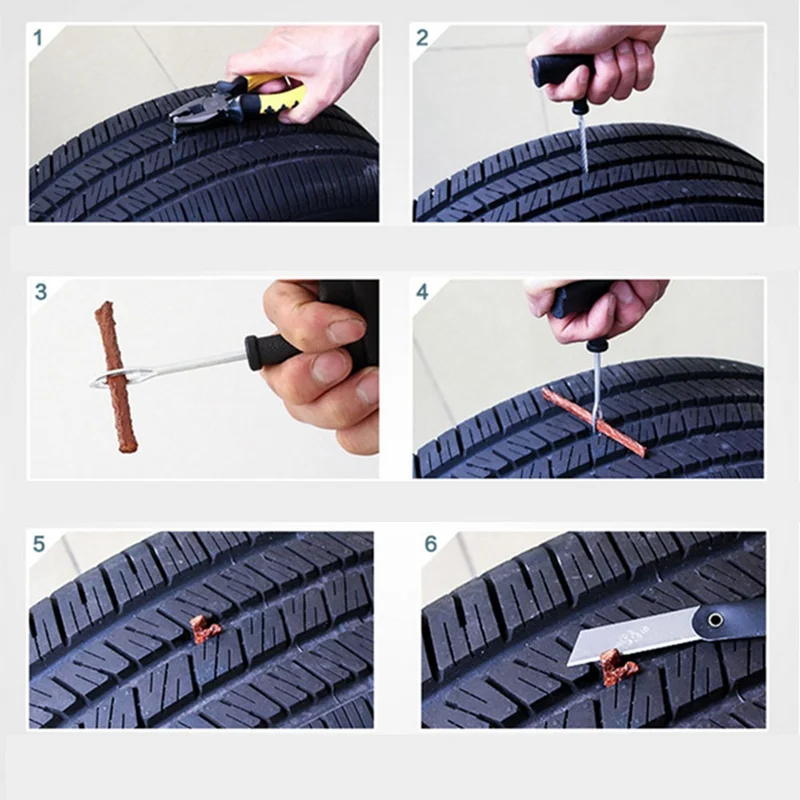Shop by Manufacturer...31 Inc.3D ProductsA-1 CouplingACME AutomotiveAcro Plastics Inc.Active ToolActive ToolsAllbrite Car CareAlligator VentilfabrikAllpart Supply - HawekaAME InternationalAmerican Forge & FoundryAmermac Inc.Amrep Inc.Aronson Mfg.Ascot Supply Corp.Associated EquipmentAstro PneumaticAteq USAAUTELB & J Rocket America Inc.Badac EquipmentBalcranck ProductsBartec USABattenfield Grease & OilBeicoBend-PakBlackJack Tire RepairBlasterBorg Equipment & SupplyBoss ManufacturingBrake Drum ToolBranick IndustriesBurke EnterpriseCalifornia Tool Co. Inc.CEMB USACEMB USA - BL Systems Inc.Central Tools, Inc.Challenger LiftsChannellock, Inc.Chicago PneumaticCliplight Inc.Cordova Safety ProductsCORGHI USACounteractCoxreels - Northern Tool EquipCPS ProductsCRC IndustriesCrushproof Tubing Co.Custom LeatherCraftDavenport EnterprisesDell Corning Corp.Delta First Corp.Dexter-Russell, Inc.Dill Air ControlsDixon TiconderogaDual DynamicsDuallyvalveDuro Manufacturing, Inc.
EATON - Hansen CouplingElrick Industries Inc.Elwood Corp.ESCO - Equipment Supply Co.Everhard ProductsExcalibur Wheel AccessoriesExten, Inc.Fejes ToolsFreylubeGaither Tool Co.Gardner DenverGator Corp.Gojo Industries, Inc.Great Lakes PartsGrey Pneumatic Corp.H.L. BoutonHALTEC CorporationHardwareHein-Werner AutomotiveHennessy Ind. AMMCO/COATSHofmann Corporation - Snap-OnHosetract IndustriesHunter Engineering Co.Ideal Heated Knives, Inc.Imperial Western ProductsIngalls Engineering Co.Ingersoll-RandInstant Tools Inc.International Marketing, Inc.ISN - Integrated Supply Networ..Jackco Transnational IncJET ToolsJohnDow IndustriesJTM Products, Inc.K-Tool InternationalKen-ToolKex Tire RepairKTB Products Corp.LA-CO / Markal Co.Laitner Brush Co.Levin's Auto SupplyLincoln IndustrialLiquiTubeLisle CorporationLock Technology - LTILoomis Root Inc.M.L. Bernie Co.MAHLE Industries, Inc.Maken Material HandlingMartins IndustriesMaster PneumaticMcCourt Marketing GroupMechanix Wear Inc.MEDCO CorporationMilton Industries, INC.
 Milwaukee HydraulicsMinder Research, Inc.Mohawk Rubber SalesMoMax Sales, Inc.Morton Safety CompanyMotion Industries, Inc.Mov-It Tire Products, Inc.Nathan Kimmel Co.Niagara Lubricant Co.Norbar Torque Tools Ltd.Norco Industries, Inc.Northstar Manufacturing, Inc.Novus Device CorporationOmega - Shinn FuOrbit Manufacturing, Inc.OTC ToolsP.C. Products InternationalParkerPerfect Equipment Corp.Petersen Supply Co.Pincott International Pty Ltd.Plews & Edelmann - AmfloPlombcoPrecision Instruments, Inc.Prema Products, Inc.Protoco Enterprise, LLC.Reading Technologies, Inc.Reelcraft IndustriesRELS DistributionRema Tip TopRidgerock Tools, Inc.Ringers Gloves USARobbins LLCRobinairRock-n-Road ProductsRolair SystemsRSC Sales CompanyRTI Technologies Inc.Safety Seal - North Shore LabsSAS Safety Corp.Schrader InternationalShark Industries, Ltd.Shepard Brothers., Inc.Sirco Industries, Inc.SlickSpecialty Products CompanySt. Louis PneumaticStandard AbrasivesStellar Industries, Inc.Storm Industries, Inc.Sunex ToolsSVI International, Inc.
Milwaukee HydraulicsMinder Research, Inc.Mohawk Rubber SalesMoMax Sales, Inc.Morton Safety CompanyMotion Industries, Inc.Mov-It Tire Products, Inc.Nathan Kimmel Co.Niagara Lubricant Co.Norbar Torque Tools Ltd.Norco Industries, Inc.Northstar Manufacturing, Inc.Novus Device CorporationOmega - Shinn FuOrbit Manufacturing, Inc.OTC ToolsP.C. Products InternationalParkerPerfect Equipment Corp.Petersen Supply Co.Pincott International Pty Ltd.Plews & Edelmann - AmfloPlombcoPrecision Instruments, Inc.Prema Products, Inc.Protoco Enterprise, LLC.Reading Technologies, Inc.Reelcraft IndustriesRELS DistributionRema Tip TopRidgerock Tools, Inc.Ringers Gloves USARobbins LLCRobinairRock-n-Road ProductsRolair SystemsRSC Sales CompanyRTI Technologies Inc.Safety Seal - North Shore LabsSAS Safety Corp.Schrader InternationalShark Industries, Ltd.Shepard Brothers., Inc.Sirco Industries, Inc.SlickSpecialty Products CompanySt. Louis PneumaticStandard AbrasivesStellar Industries, Inc.Storm Industries, Inc.Sunex ToolsSVI International, Inc. TECH Tire RepairTechnical Chemical - TCCTexas Refinery Corp.The Main Resource - TMRTire Equipment Corp. - TECTire Service Equipment - TSISS..TITAN Professional ToolsTo-Air Inc.Todd EnterprisesTracer ProductsTTS ProductsTuffy ManufacturingTunstalloy - Universal CarbideVacula Automotive - CejnVIAIR CorporationWeiler CorporationWest Coast Wheel AccessoriesWestern Lift-Western Hoist, In..Western SupplyWestern WeldWicking ProductsWinner FoundriesWTD - Weiss ToolZinko Hydraulic Jack
TECH Tire RepairTechnical Chemical - TCCTexas Refinery Corp.The Main Resource - TMRTire Equipment Corp. - TECTire Service Equipment - TSISS..TITAN Professional ToolsTo-Air Inc.Todd EnterprisesTracer ProductsTTS ProductsTuffy ManufacturingTunstalloy - Universal CarbideVacula Automotive - CejnVIAIR CorporationWeiler CorporationWest Coast Wheel AccessoriesWestern Lift-Western Hoist, In..Western SupplyWestern WeldWicking ProductsWinner FoundriesWTD - Weiss ToolZinko Hydraulic Jack
You’re pretty sure your customer’s vehicle has a leak, but what’s the best way to find it? When the source of a leak isn’t obvious, leak detection can be one of the most frustrating automotive service challenges. However, with the proper tools and equipment, a fast, safe and reliable diagnosis and location identification of the leak can bring about a profitable repair and a satisfied customer.
A/C System Refrigerant Leaks
One of the easiest ways to find a leak in an A/C system is to add a small amount of ultraviolet (UV) dye to the system, run the system for some time so that the dye circulates through the system, and then look for the leak stains with a UV light and/or with the aid of UV glasses.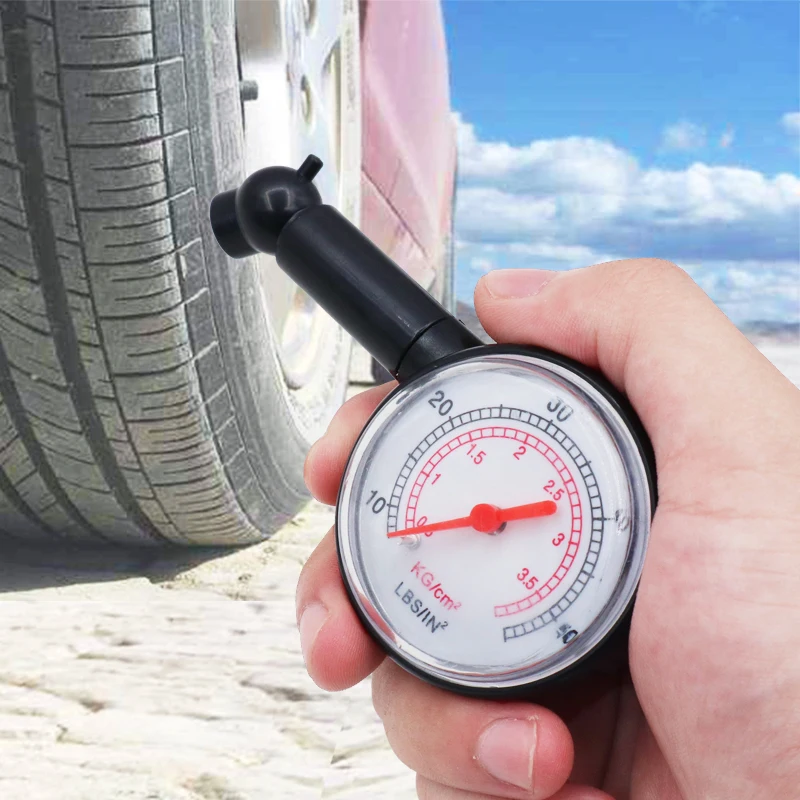
There are now a variety of sizes of UV lamps and flashlights to suit your needs. Partially lowering the hood or turning off the lights in the service bay may also help make it easier to see the dye. The UV glasses will also help you find the leak by increasing the contrast between the dye and the engine compartment.
But some A/C leaks like to hide. Your best bet for finding leaks in hidden areas (such as inside the HVAC unit or in an evaporator) is an electronic leak detector. Look for a model that is capable of detecting HFC, CFC, HCFC and refrigerant blends.
Sensitivity depends on the model, but most can detect leaks as small as 0.1 to 0.4 oz. per year. Valuable features include audible and visual leak indicators, volume control and a gooseneck probe for one-handed operation.
Some electronic detectors also include a UV lamp on the tool, giving you two ways to locate leaks with one tool.
Coolant Leaks
If your customer’s car is overheating or running too hot, you know there’s probably a coolant leak.
There are several methods that can be used to find coolant leaks. Just as with refrigerant leak detection, UV dye is available to add to the cooling system. Then use your UV light to look for leaks to help pinpoint the source. This can be helpful for finding things like leaky freeze plugs, pinhole leaks in radiators or very small leaks in the heater core that may be hard to detect.
If an engine is using coolant and/or overheating but no coolant leak can be seen, the engine probably has an internal leak, which can mean a bad head gasket or a cracked head or block. Besides being hard to find, these unfortunate leaks are usually very expensive to repair.
A cooling system pressure tester is a vital piece of equipment to help you find this kind of leak. The tester hooks up to the radiator cap or coolant reservoir and uses a hand pump or shop air to pressurize the system to its normal operating pressure. If the cooling system cannot hold pressure for 10 minutes or so, it indicates an internal leak.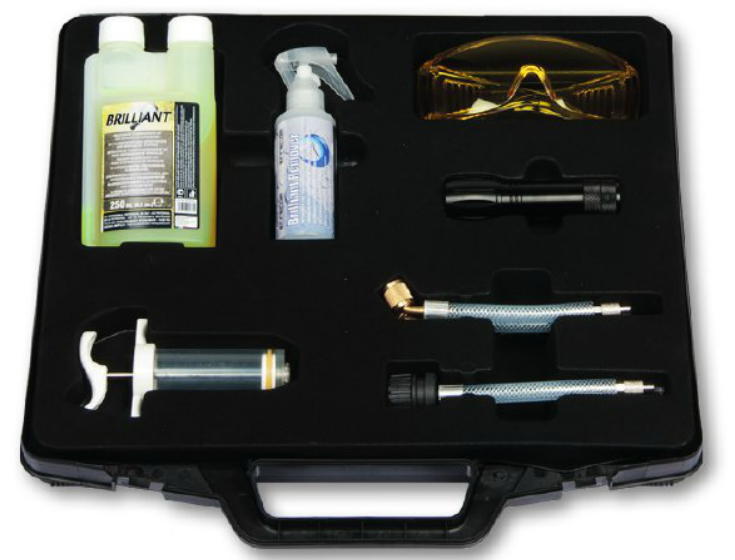
An infrared exhaust analyzer can also be used to sniff out internal coolant leaks by sampling the vapors at the coolant reservoir or radiator cap opening when the engine is running. If the analyzer picks up any HC or CO readings within the cooling system, it signals the leakage of combustion gases into the cooling system past a bad head gasket or cracks in the head.
Engine Vacuum Leaks
Have you ever been confronted with an engine that just doesn’t seem to run right no matter what you’ve done? You may be dealing with a vacuum leak.
Diagnostic leak detection tools are essential to help technicians find these types of leaks. These systems can inject a gas or smoke into a system and the leaks can either be visible or detected with an electronic sniffer tool.
These machines feed artificial carbon dioxide or smoke into the intake manifold. The smoke may also be mixed with an ultraviolet dye to make leaks easier to see. You then look for smoke seeping out of hoses, gaskets or cracks in the manifold and/or use a UV light to find the leak. In the case of carbon dioxide, leaks can be detected with an electronic detector that can detect higher levels of carbon monoxide.
In the case of carbon dioxide, leaks can be detected with an electronic detector that can detect higher levels of carbon monoxide.
A general-purpose smoke machine typically operates at very low pressure, only about 1 to 1.5 PSI. The machine heats mineral oil or a glycol-based solution to create a nontoxic vapor. A small pump then blows this smoke through a hose, which can be connected to the PCV hose, brake booster hose or any hose or vacuum fitting to check for leaks. The smoke is white and can be seen with a light.
A general-purpose smoke machine can also be used to find a variety of other leaks including exhaust, compression, oil and even coolant leaks. Almost any part that normally holds pressure or vacuum can usually be tested for leaks with a smoke machine, including turbocharger intercoolers, brake vacuum boosters, vacuum plumbing and motors in HVAC systems, air inlet ducts between the throttle and air filter – even tires. A smoke machine can be a versatile shop tool, saving you considerable time finding leaks of many types.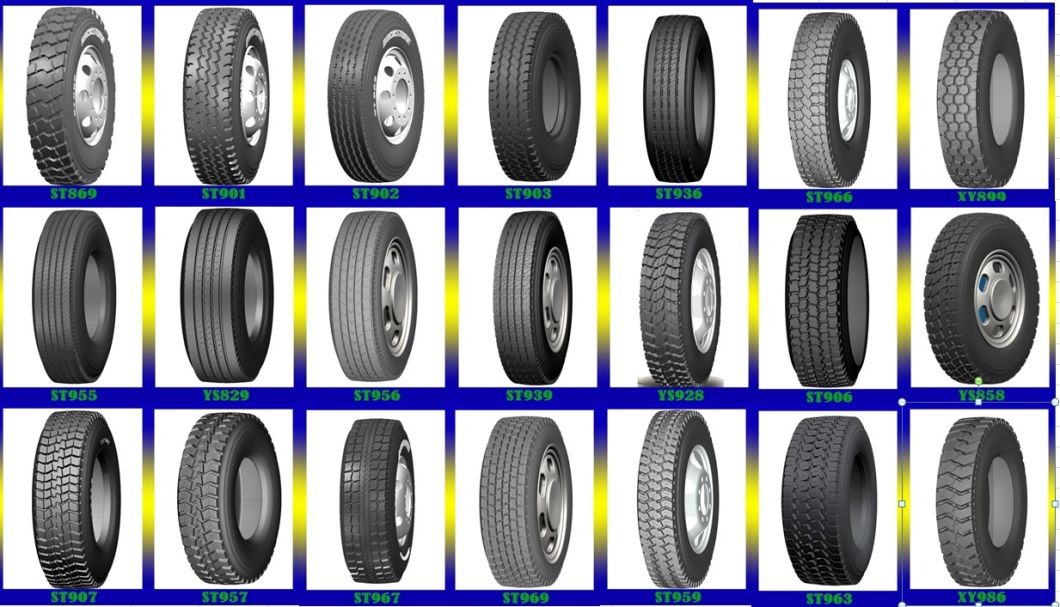
EVAP Leaks
Leaks in evaporative emission control (EVAP) systems can be difficult to detect with smoke due to the size of the leak. Some older EVAP systems use a bladder or diaphragm calibrated to detect a 0.0014” to 0.0020” leak. Seeing smoke coming out of a hole this small may be a real challenge. Filling the system with an inert gas like carbon dioxide and using an electronic leak detection device may help you find the leak faster.
The EVAP system usually requires no maintenance, but faults can turn on the Check Engine light. Finding leaks in the EVAP system isn’t always easy.
EVAP leak detection requires a smoke machine designed to operate at a very low pressure (only about 1/2 psi) so there is no risk of over-pressurizing the system. The key thing to remember when testing for a leak with a leak detection device is finding the right pressure. Forcing too much pressure into the EVAP system might blow off a hose or create a leak that wasn’t there in the first place.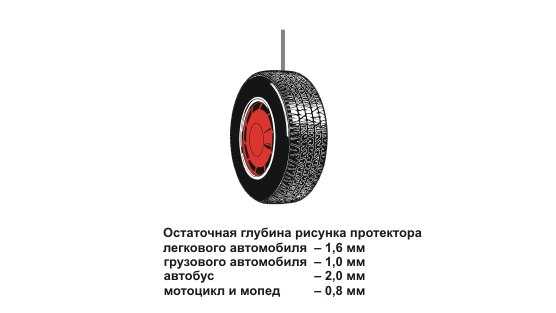 This can result in replacing components unnecessarily and not uncovering the real leak. Often, high pressure will cause leaks from the charcoal canister’s outside air intake valve and filter. The canister will be replaced and the real leak will go undiagnosed. Once the EVAP system starts completing key-off tests, the vehicle will be back with the same problem.
This can result in replacing components unnecessarily and not uncovering the real leak. Often, high pressure will cause leaks from the charcoal canister’s outside air intake valve and filter. The canister will be replaced and the real leak will go undiagnosed. Once the EVAP system starts completing key-off tests, the vehicle will be back with the same problem.
Modern systems have up to three fuel vapor circuits in the EVAP system that are used to purge, isolate, vent and test the system for leaks. These solenoids are controlled by a module and can generate codes if an open or short is detected or if an action did not generate the expected result for the EVAP sensor in the tank.
In order to test the entire system, it is necessary to set the positions of the purge, vent and other valves to fully seal the system. Doing this requires a scan tool that can bi-directionally use Mode $08 data to control the EVAP solenoids. On some non-factory scan tools it may take some time to find the correct menu to control the EVAP system.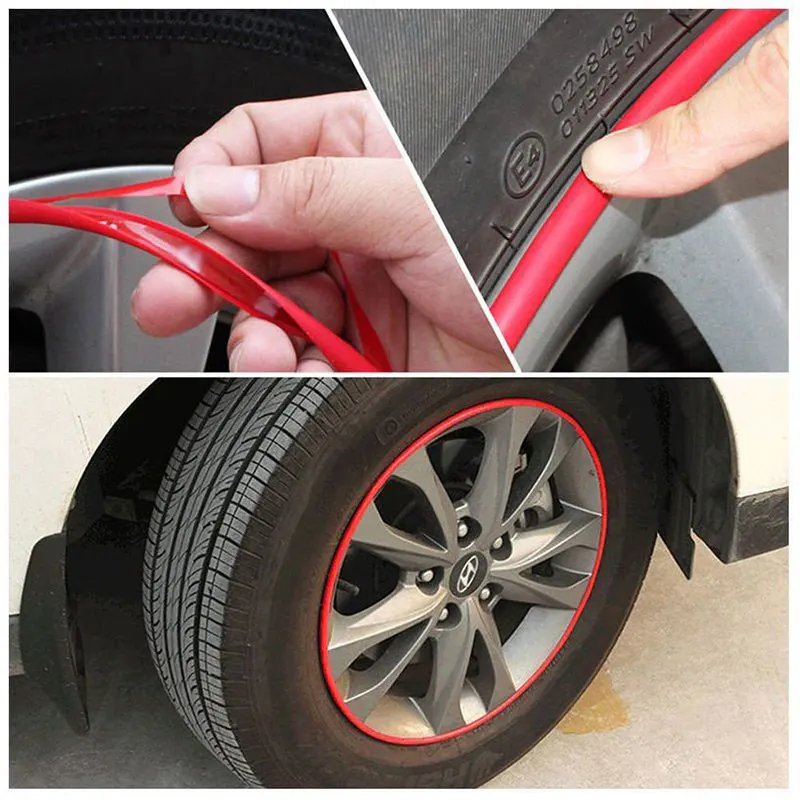
Another advantage of a scan tool is using Mode $06 data to monitor pressure or vacuum sensor data from the EVAP pressure sensor. This information can be used to double-check the information coming from the leak detection flow meter.
Sources for this article include: Andrew Markel, editor of Underhood Service, and Larry Carley, Babcox Media technical editor.
The powerful Nolek PressurizeIT S9 tester is used to perform leak tests on items that need to be impervious to air or liquid, such as medicine packages or car engine parts
Overpressure or vacuum testing is faster, easier and cheaper than using media such as helium or halogens. The S9 is an excellent leak test tool available for a variety of operating pressures.
Nolek PressurizeIT S9 leak detectors do not require the consumption of working gas and are able to test products for tightness in conveyor mode. Thanks to high performance and reliable results, Nolek PressurizeIT S9 devices are used in 252 enterprises around the world.
In Russia, installations based on Nolek PressurizeIT S9 are installed at Volvo automobile plants in Kaluga and Scania in St. Petersburg, at Danfoss shutoff valves manufacturing plants and other production facilities operating in accordance with Swedish quality standards.
| S9- (T, D) -V-DPI-L | Vacuum, differential pressure increase 0.05-0.5 bar |
| S9L- (T, D) -O-F-L Lite | overpressure 0.05-0.5 bar, flow <1000 mm3/s or <3333 mm3/s or <16700 mm3/s |
| S9L- (T, D) -O-F-N Lite | 9vacuum 300 mbar abs., flow range on request (optional vacuum pump not included) pressure |
| S9L- (T, D) -O-D-N Lite | gauge pressure, differential pressure 0.2-5 bar |
| S9L- (T, D) -V-D-L Lite | pump not included) |
Nolek PressurizeIT S9 can be equipped with two types of sensors: pressure and gas flow. The vacuum system of the leak detector is built in such a way that it is possible to implement manometric, vacuum metric methods of tightness control, as well as leak detection by measuring gas flow.
The vacuum system of the leak detector is built in such a way that it is possible to implement manometric, vacuum metric methods of tightness control, as well as leak detection by measuring gas flow.
Simplified management of the leak control process is done with just two buttons - start measurement and change object.
After the test, the operator sees the indication:
Leak flow and pressure drop curve are displayed on the screen of the Nolek C9 manometric leak detector.
Gauge and vacuum methods are used to determine the total leakage. The gauge method is suitable for closed structures in which a pressure above atmospheric pressure can be created. Vacuummetric - for closed structures in which a vacuum can be created.
The gauge method is suitable for closed structures in which a pressure above atmospheric pressure can be created. Vacuummetric - for closed structures in which a vacuum can be created.
The principle of leak flow calculation is based on detection of the rate of pressure change in the test object.
The device contains a reference sealed volume, separated from the measured object by a membrane sensitive to pressure drop. The method of leak detection by measuring differential pressure is that both the object and the reference volume are pumped out or filled with gas to the same pressure.
If there is a leak in the test object, the pressure balance is disturbed and the membrane separating the volumes is deformed. By changing the capacitance of the capacitor, one plate of which is the specified membrane, it is made about the amount of leakage in the test object.
The instrument measures the amount of air that enters an object in the event of a leak.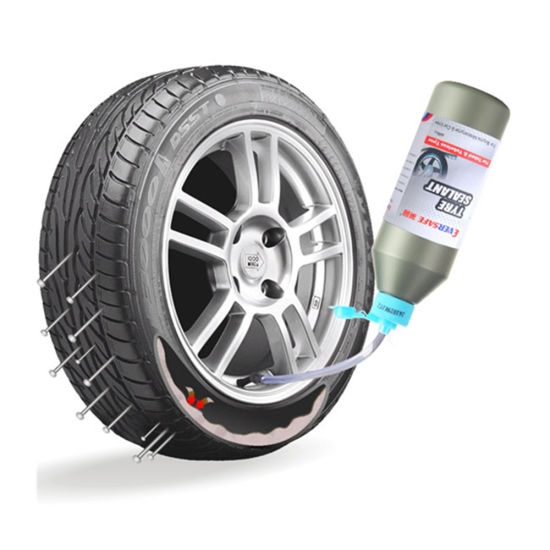 Tests are carried out using a gas flow sensor.
Tests are carried out using a gas flow sensor.
The device is calibrated using a reference leak, installed in a special port of the leak detector, and an external gas flow meter.
Leak detector device allows you to automate the operation of gas inlet into the control object, measurement and pressure relief, collection and processing of test results data.
The implementation of an automated leak test stand using the S9 leak detector is made to order, after agreeing with the Customer on the terms of reference for the supply and the agreed delivery package.
To integrate the device into an automated leak test bench, it is necessary to provide a set of accessories and additional equipment necessary for the implementation of technical solutions for test automation.
Adjustable calibration leak is located on the front panel of the instrument. Setting the leak to a specific flow is performed by the supplier during commissioning. Subsequent calibration of the device is carried out at a frequency agreed with the supplier.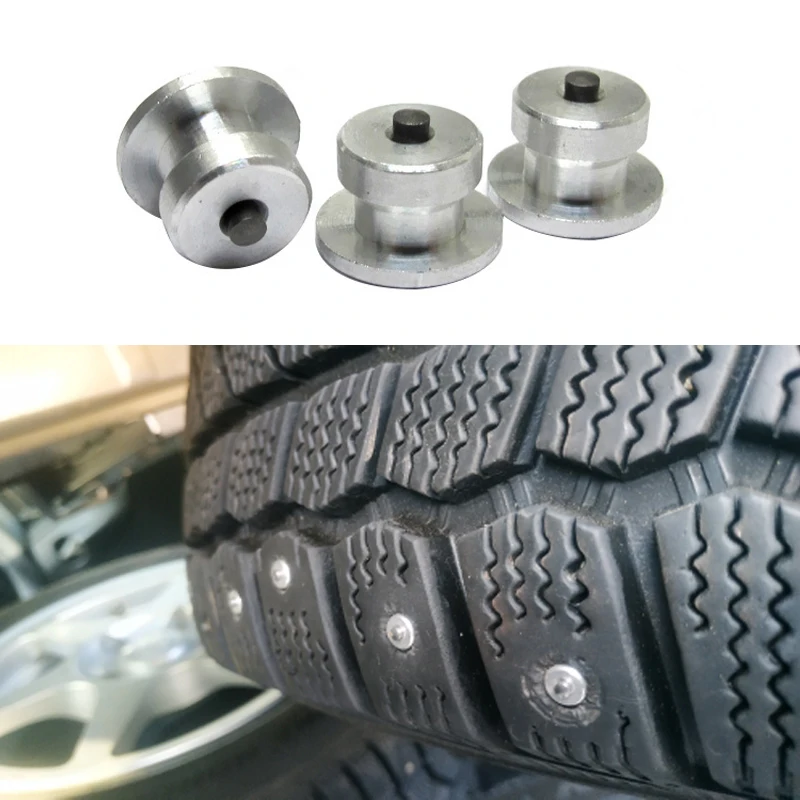
The instrument can also be calibrated using an external test leak adjusted by the manufacturer to the required gas flow. At the same time, a calibration protocol is drawn up.
Checking the calibration leak is performed by an external calibration device - a flow meter that has the appropriate certificates.
The C9 calibration tool allows measurements in both vacuum and overpressure modes. Completion of the automated leak test stand, allows the user to control the built-in adjustable leak of the S9 leak detectorat a specified interval or to calibrate the device when changing settings. For example, when changing the rejection threshold in cases of changing the tested objects.
The S9 leak detector device allows both evacuation of the test object before testing and controlled release of test pressure.
The instrument can be configured for test gas pressures in the range:
• 0.05 - 5 bar, 0.2 - 5 bar.
Selection of test gas pressure range, must be specified when ordering the instrument.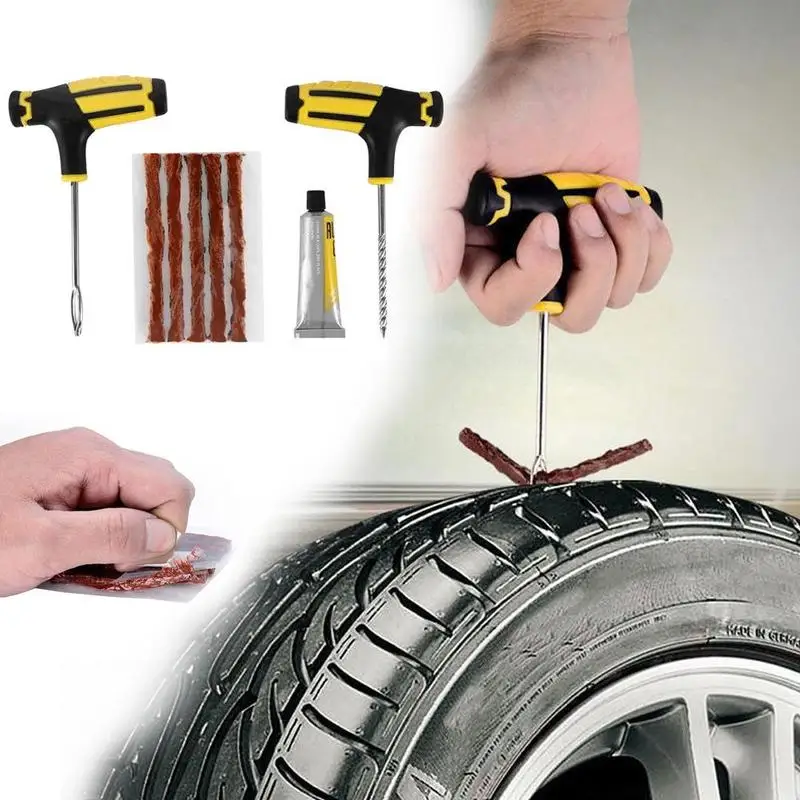
Vacuuming (pumping out) of the product under test can be implemented using an air ejector built into the body of the leak detector with automatic supply of operating pressure. The test gas supply line is used.
If required, vacuuming can be done with an external vacuum pump connected to the external port.
Test gas supply can be implemented in various ways, depending on the production conditions at the Customer's enterprise: main compressed air, local compressor, cylinder rail.
To supply overpressure test gas, a pressure regulator and filtration unit must be installed.
To connect the object under test to the pneumatic circuit of the leak detector, quick-release and tight connections must be provided for quick and reliable change of objects.
Types of connections are determined by the configuration of the object under test and ease of installation.
Connections can be made for manual installation, in various ways: collet, threaded, self-locking, etc.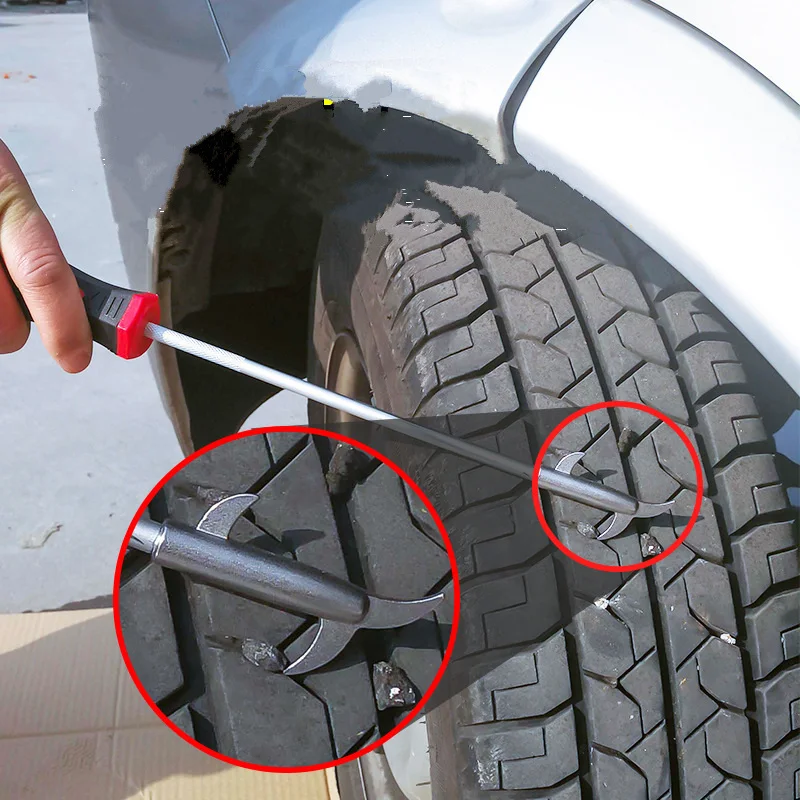 , or using mechanisms, including pneumatic or electric actuators.
, or using mechanisms, including pneumatic or electric actuators.
With the help of additional software, leak test data can be transferred to an industrial controller or PC. The leak detector provides a wide range of interfaces for data transfer and device programming:
• CAN bus, • COM port, • RS232 port, • Discrete signals
Working pressure ranges:
Vacuum:
-1 to 0 bar,
Overpressure:
to 90. (low),Flow threshold:
10 -3 – 10 -4 Pa . m 3 /s
Pressure sensitivity threshold:
0.1 Pa (0.05 Pa differential)
002 Test gas requirements:
Requires a source of clean air at a pressure of at least 5 atm. for control and measurement
for control and measurement
Dimensions :
188 mm x 400 mm x 315 mm
Weight: 0003
16 kg
Seal class:
IP32
Timer setting: 90902 from
Colour:
silver gray (RAL 6021) with dark green front panel
Sampling time:
100 ms
Humidity:
0018Ambient temperature:
- 80% r.h.
- 80% RH or less, no dew condensation
- Storage temperature: -20-60 °C
Display units
- Test pressure:
- Leak flow:
PA, mm 3 /s, 1/100 ml/min, ml/min, l/min
Port input-output:
Detachment DB-37P
Port of connection:
RS232, TCP/IP (optional)
- t 2 – pressure equalization time in the product,
- 9015 6 4 3 - time of actual measurement
- and time required to relieve the test pressure.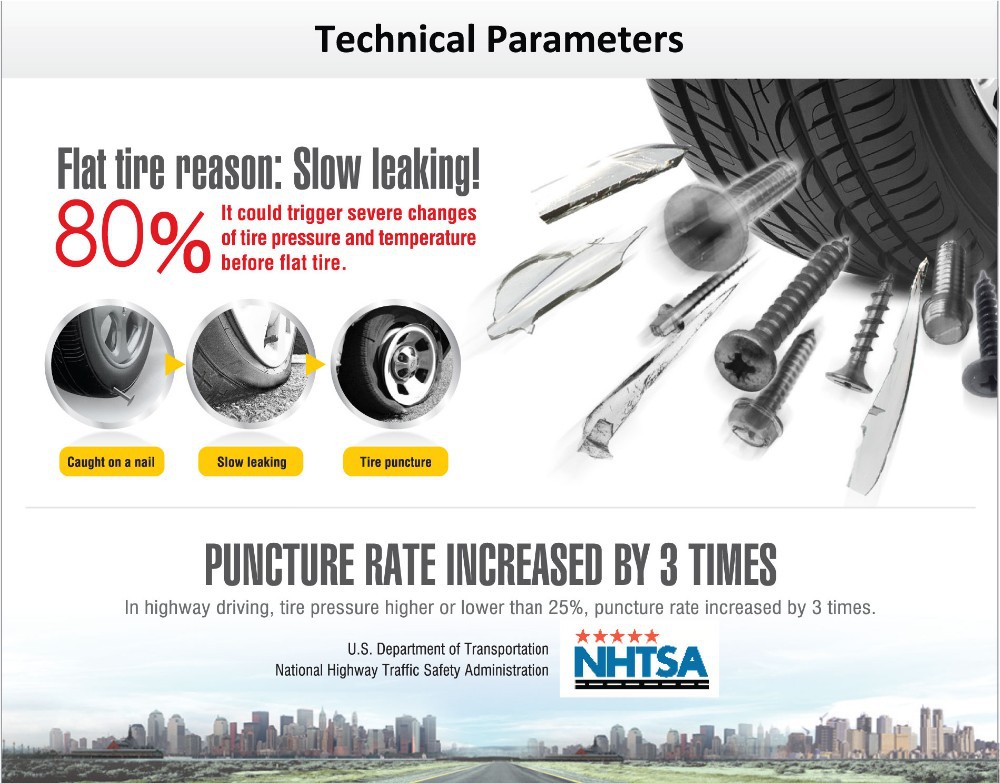
Need for pressure equalization before measurement due to physical reasons; Since the filling of a closed volume with test pressure occurs with high turbulence of the injected gas, the resulting friction heats up the test gas, which leads to a short-term increase in pressure in the product.
Thermal fluctuations in test gas pressure can lead to measurement errors. To eliminate this type of error, it is necessary to pause t 2 before measurement.
Duration t 2 is typically 5 to 30 seconds. The optimal value t 2 is determined during control tests.
Values t 2 and t 3 , like P test , may vary depending on the type of test object and are adjustment parameters during commissioning tests.
Automated leak test bench allows you to fine-tune the test procedure for each specific object and subsequently save the working version of the test program under an individual code (name) corresponding to the code (name) of the product.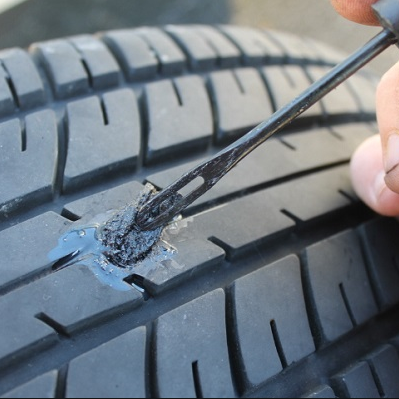
Test results can be saved to a computer in a formatted form - a test report, with the possibility of printing a report and creating an archive of reports.
Provided that the operator follows the instructions for testing on an automated test stand, the influence of operator actions on the accuracy and repeatability of test results is almost completely eliminated.
For the annual calibration of leak detection systems based on the Nolek S9 leak detector, in order to determine the metrological characteristics and metrological suitability of the equipment, specialists use the following types of calibration instruments:
Table. Instruments for calibrating leak testers
| Instrument type | Model | 90 1510003 | Documents |
| Flow calibrator 0018 | Certificate RU 01 No. | ||
| Pressure calibrator | Fluke 717-3006 | 351838 | 9002 7783-11 until 08/31/2021. Certificate No. 3000022077 dated May 24, 2016 for 1 year
The first of the above calibrators is produced by the manufacturer of the leak detector and is designed to evaluate the flow of the reference leak installed in the device. The second is a highly sensitive pressure sensor used to determine the measurement accuracy of the differential pressure sensor of the S9 leak detector. Based on the test results, a calibration protocol for the installation is drawn up, indicating the settings for the programs for automatic tightness control.
+7 (495) 781 39 39
Home/Vacuum technology/Pfeiffer Vacuum/Helium leak detectors/Accessories for leak detectors
Transport trolley for the ASM 310 leak detector
The trolley is convenient for transporting the leak detector even through thresholds and doorways.
Order number: 114820
Trolley for safe transport of the ASM 310 leak detector
Order number: 119594
Transport trolley for ASM 340 series leak detectors (122570
Transport trolley for the ASM 182T leak detector
The trolley is convenient for transporting the leak detector even through thresholds and doorways.
Order number: 111196
Heavy-duty trolley for ASM 340 series leakers
Trolley allows mounting of additional equipment.
Probe with rigid tip 9 cm
Probe with flexible nose 15 cm
45 cm flexible nose probe
Probe with Pass/Fail indication and Auto-Zero button with hard tip 12 cm long
Device to calibrate the leak detector in sniffer operation
Used to connect a calibrated leak to a probe for more accurate calibration in sniffer operation.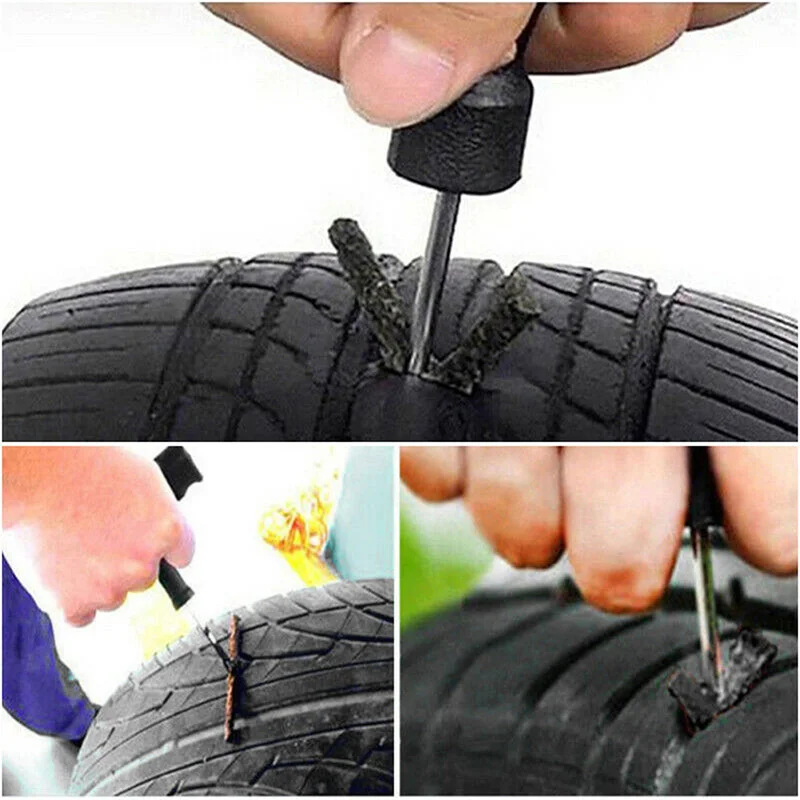
Helium Leak (Helit)
Flow range from 10 -5 to 10 -10 Pa*m 3 /s
Helium leaks registered in the RF State Register of Inspections
Helium blow gun
bar 900.02 0092Helium blower with gun - HELIJET
Example - Administrator
Helijet demo video (opens in a new window)
Bypass option for connecting an additional foreline pump
Graphic wireless remote control option up to 100 m range
Standard remote control
Order number: 112535
Allows you to control and display the leak detector readings at a distance of up to 5 m (optional additional cable with a length of up to 50 m):
Pressing chambers, for reverse flow operation
Pressing chambers equipped with valve and pressure gauge, for pressing sealed components
 4 l
4 l Cables for connecting an external vacuum sensor CMR, APR, TPR or PCR
Requires 37-pin interface on leak detector ASM340
I/O interface converter for SmartTest HLT 5xxx series leak detectors
Requires 37-pin interface on the ASM340 leak detector to work
Vacuum fittings
Graphic color touch screen
Measurement readings in the form of dynamic graphs of pressure changes, leak behavior.
Visual setup of the leak detector parameters and logging of results.
Memory for 900 hours of continuous measurements. Export measurement protocols to a computer,
for further processing.
3G cathode for mass spectrometer cell
Material: filament - iridium coated with yttrium oxide (Ir/Y 2 0 3 ), electrodes - molybdenum, rod - ceramics.
Order number: 129108S (manufactured by Pfeiffer Vacuum)
Suitable for models: ASM 340, ASM 310, ASM 380, ASM 390/392
Cathode 2G for mass spectrometer cell
molybdenum, rod - ceramics.
Order number: 053146 (manufactured by Pfeiffer Vacuum)
Suitable for models: ASM 142, ASM 142S, ASM 182, ASM 192, ASM 1002
Internal calibration leak with temperature sensor Housing material
Calibration gas
aluminum
Flow: 1…2x10-7 mbar*l/s
Order number: 109240 (ASM 192, ASM 182, ASM 1002)
Order number: 109241 (ASM 142, ASM 310)
Order number: 121528S (ASM 340)
Order number: 118133S (ASM 380, ASM 390/392)
Oil mist filter
Body material: Aluminum
Cartridge material: PU / PET / glass microfiber / PA
Weight: 1.